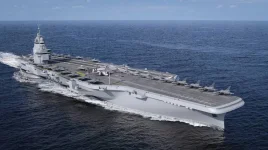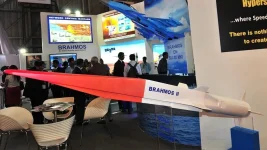- Views: 1K
- Replies: 4

China's pursuit of a nuclear-powered aircraft carrier has prompted India to re-evaluate its own naval modernization strategy and consider accelerating the development of indigenous nuclear propulsion technology. Reports of China's progress on a prototype nuclear reactor have raised concerns in New Delhi about the potential shift in regional naval power dynamics.
Nuclear-powered carriers offer significant advantages over conventional ones, including extended operational range and endurance, crucial for projecting power globally. While India is currently focused on building a third conventionally powered carrier, similar to the INS Vikrant, China's advancements in nuclear propulsion technology have highlighted the potential limitations of this approach.
A nuclear-powered carrier would provide the Indian Navy with enhanced capabilities for blue-water operations in the Indian Ocean and beyond. However, India faces challenges such as high costs, technological hurdles, and infrastructure requirements in developing such a vessel.
China's pursuit of this technology adds urgency to the Indian Navy's modernization efforts. As Beijing strengthens its naval capabilities, India must assess how its carrier fleet fits into its broader strategy for regional dominance and maritime security.
This development underscores China's intent to project global naval power, potentially disrupting existing maritime dynamics. While India remains committed to bolstering its naval capabilities, the growing technological gap between conventional and nuclear-powered carriers necessitates strategic foresight and decisive action.
India may need to accelerate its own nuclear propulsion program or explore collaborations with countries experienced in this technology to maintain a competitive edge in the Indo-Pacific region.



